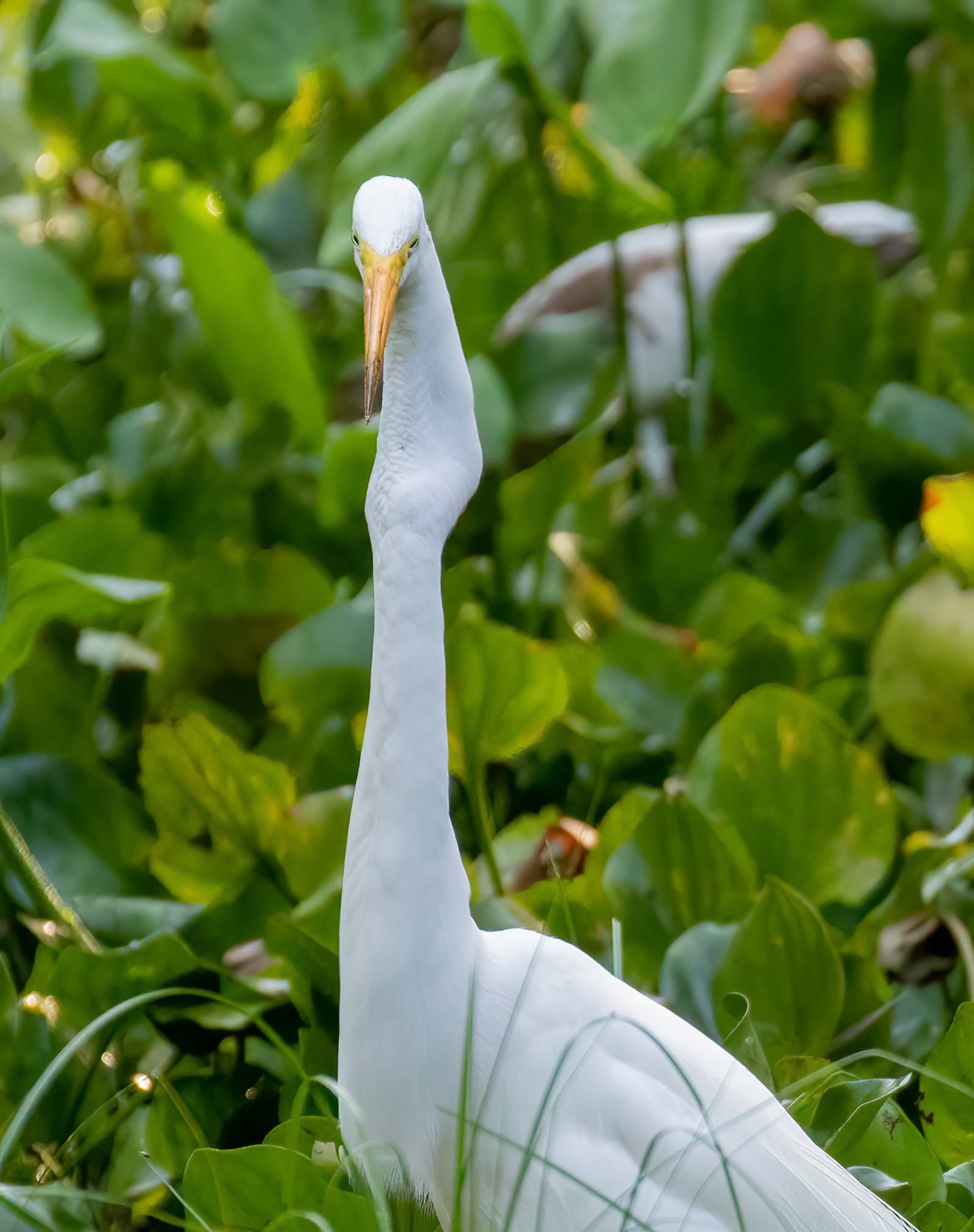
Snowy Egrets in flight, Great Egrets, & Wood Storks

Great Egrets, Snowy Egrets, Great Blue Heron, Tri-Colored Herons

Great Egret

Great Egrets

Great Egret

Great Egret

Great Egret

Great Egret

Great Egret

Great Egret in Breeding Plumage

Preening during Breeding Season

Great Egret in Breeding Plumage & Green Eye Patches

Great Egret

Great Egret & Black Vulture

Great Egrets & 2 Snowy Egrets with Black Beaks

Great Egrets

Great Egrets & Tri-colored Heron

Great Egret

Great Egret

Great Egret

Great Egret in Breeding Plumage

Great Egret & Anhinga

Great Egret

Great Egrets, Rosette Spoonbill, & Snowy Egrets in flight

Great Egret

Great Egret & Snowy Egrets

Great Egret & Snowy Egret

Snowy Egret in Breeding Plumage

Snowy Egret & Tri-Colored Heron

Snowy Egret - Feeding Sequence

Snowy Egret - Feeding Sequence

Snowy Egret - Feeding Sequence

Snowy Egret - Feeding Sequence

Snowy Egret - Feeding Sequence

Snowy Egret - Feeding Sequence

Snowy Egret - Feeding Sequence

Snowy Egret - Feeding Sequence

Snowy Egret - Feeding Sequence 2

Snowy Egret - Feeding Sequence 2

Snowy Egret

Snowy Egret

Snowy Egret

Snowy Egret & Tri-colored Heron

Snowy Egret & Tri-colored Heron

Snowy Egret Conflict

Snowy Egret Conflict

Snowy Egrets flying into roost at sunset

Snowy Egrets flying to roosting colony at sunset

Snowy Egrets flying into roost at sunset

Reddish Egret

Cattle Egret

Cattle Egrets








































































